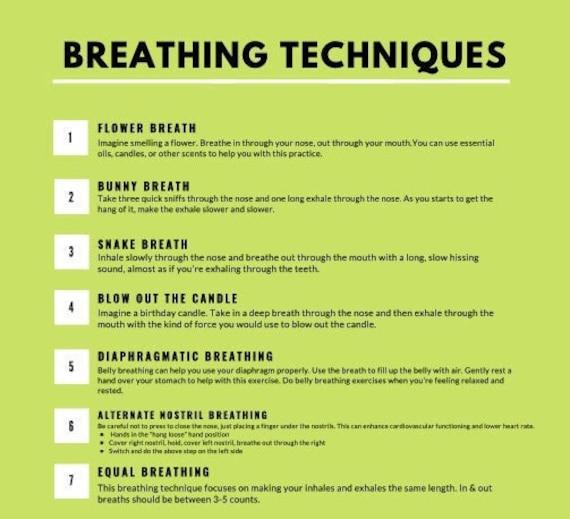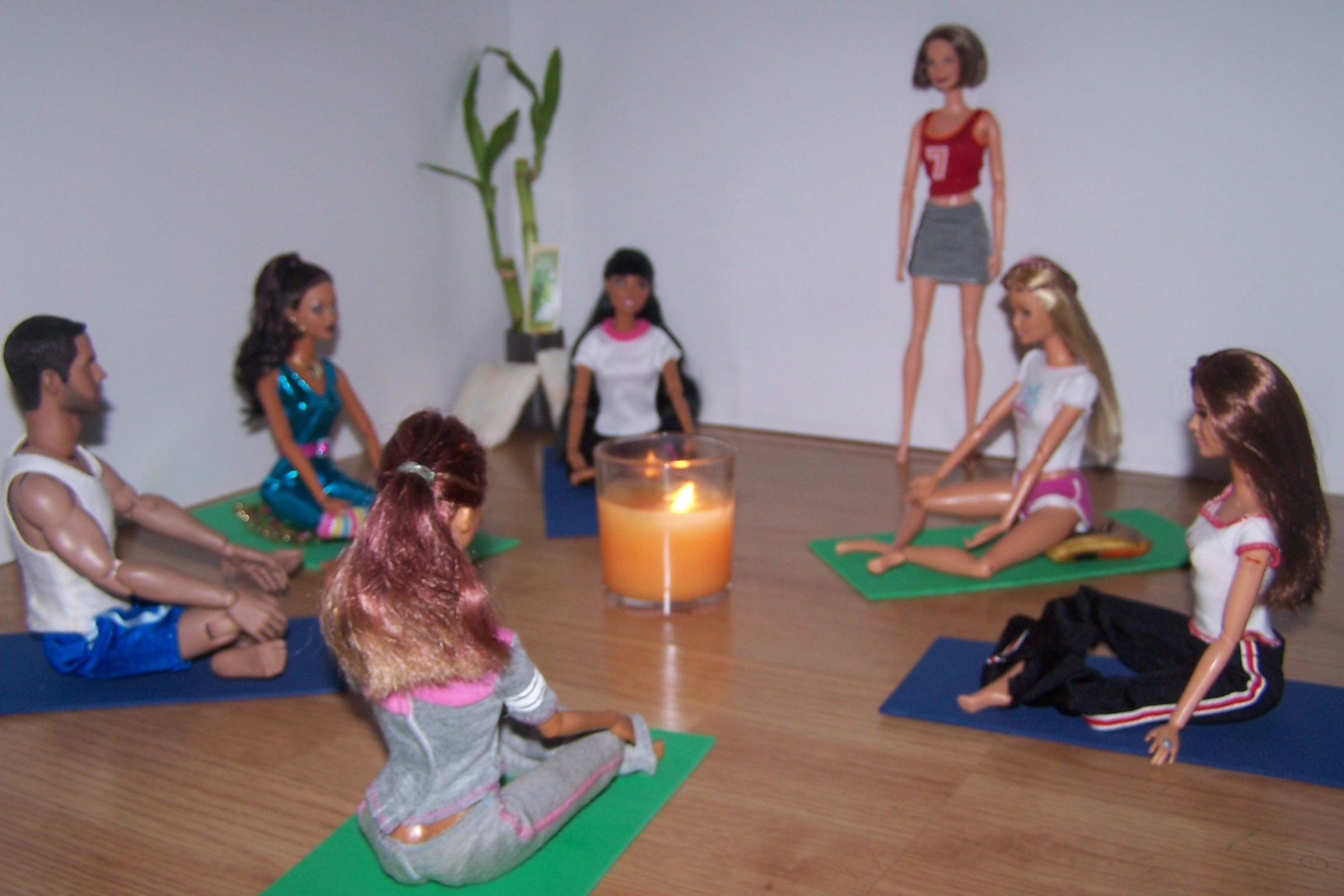In a world that never seems to sleep, finding a moment of peace can feel like a distant dream. Yet, nestled within the chaos of daily life lies a simple, ancient practice that promises tranquility and rest: meditation. Welcome to “,” where the journey to a restful night begins with the quieting of the mind. As we delve into this guide, we’ll explore how meditation can transform your nights from restless to restorative, offering not just sleep, but a deeper connection to calmness and clarity. Whether you’re a curious newcomer or a weary insomniac, let this guide be your gentle companion in discovering the soothing power of meditation.
Creating a Restful Mindspace through Meditation
Finding tranquility in the chaos of daily life can seem daunting, yet with the practice of meditation, you can cultivate a serene mental environment conducive to restful sleep. As you embark on this journey, consider creating a dedicated space that invites peace and encourages mindfulness. Here are a few elements to consider incorporating:
- Comfortable Seating: Choose a cushion or chair that supports your posture, allowing you to relax without straining.
- Calming Scents: Light a candle or use an essential oil diffuser with lavender or chamomile to soothe your senses.
- Soft Lighting: Dim lights or use a salt lamp to create a warm, inviting atmosphere.
- Nature Elements: Include plants or stones to bring a touch of nature indoors, fostering a sense of grounding.
Once your space is set, focus on the rhythm of your breath. Inhale deeply, allowing your mind to clear with each exhale. If thoughts intrude, gently guide your attention back to your breathing. Over time, this practice can help diminish the mental clutter that often hinders a good night’s sleep, enabling you to drift into slumber with ease.

Harnessing Breathing Techniques for Deep Sleep
Discovering the power of your breath can transform your nighttime routine into a serene ritual. When practiced mindfully, breathing techniques can serve as a gentle bridge to a restful slumber. Begin by embracing deep diaphragmatic breathing, which involves inhaling deeply through your nose, allowing your diaphragm to expand and your lungs to fill completely. As you exhale slowly through your mouth, feel the tension melt away, leaving your body in a state of relaxation.
- 4-7-8 Breathing: Inhale quietly through the nose for a count of four, hold the breath for seven counts, and exhale completely through the mouth for eight counts. This rhythm soothes the nervous system and calms the mind.
- Box Breathing: Imagine drawing a box with your breath. Inhale for a count of four, hold for four, exhale for four, and pause for another four. This technique promotes a sense of balance and tranquility.
- Alternate Nostril Breathing: Close one nostril and inhale through the other, then switch and exhale. This method helps in harmonizing the left and right hemispheres of the brain, fostering a deep sense of peace.
Incorporating these practices into your pre-sleep routine can create a peaceful transition from the day’s hustle to the night’s calm, guiding you gently into a world of dreams.

Guided Imagery: Visualize Your Way to Serenity
Immerse yourself in the calming practice of guided imagery, a powerful tool for weaving serenity into your nightly routine. Imagine a gentle stream, its waters whispering tales of tranquility as it meanders through a lush forest. Picture yourself beside it, feeling the soft earth beneath you and the warm sun above. As you breathe in deeply, visualize your stress dissipating like mist in the morning light. This mental escape can ease tension, paving the way for a more restful slumber.
- Choose a peaceful setting: Whether it’s a secluded beach or a quiet garden, select a location that brings you peace.
- Engage your senses: Imagine the sound of waves, the scent of blooming flowers, or the touch of a gentle breeze.
- Focus on details: The more vivid your visualization, the more effective it will be in calming your mind.

Crafting Your Personalized Bedtime Meditation Routine
To tailor a meditation routine that seamlessly integrates into your nightly ritual, start by considering the elements that resonate most with you. Begin by setting the ambiance in your space; this could involve dimming the lights, lighting a candle, or using essential oils like lavender for a calming aroma. The goal is to create a sanctuary that encourages relaxation and mindfulness.
- Breath Focus: A simple yet powerful technique, concentrate on your breathing. Inhale deeply through your nose, hold for a moment, and exhale slowly. This can help slow your heart rate and clear your mind.
- Guided Imagery: Visualize a serene landscape, such as a peaceful beach or a quiet forest. Let the imagery guide you to tranquility, allowing stress and anxiety to fade away.
- Body Scan: Progressively relax each part of your body, starting from your toes and working upwards. This helps in releasing tension and grounding your mind.
Experiment with these elements and adjust based on what feels right for you. Consistency is key, so aim to practice your routine at the same time each night, making it an integral part of winding down. Over time, your personalized meditation routine can become a powerful tool in achieving better sleep and enhancing your overall well-being.
Closing Remarks
As you journey into the serene world of meditation for better sleep, remember that each night offers a new opportunity to cultivate tranquility and restfulness. Whether you’re a novice dipping your toes into the calming waters of meditation or someone seeking to refine your practice, the path to restful slumber is lined with gentle breaths and mindful moments. Embrace the silence, let go of the day’s burdens, and allow the quietude to guide you into a world where sleep becomes not just a necessity, but a peaceful retreat. As you turn off the lights tonight, may your mind find stillness and your dreams be as gentle as the whisper of a breeze. Sweet dreams and peaceful meditations await.
